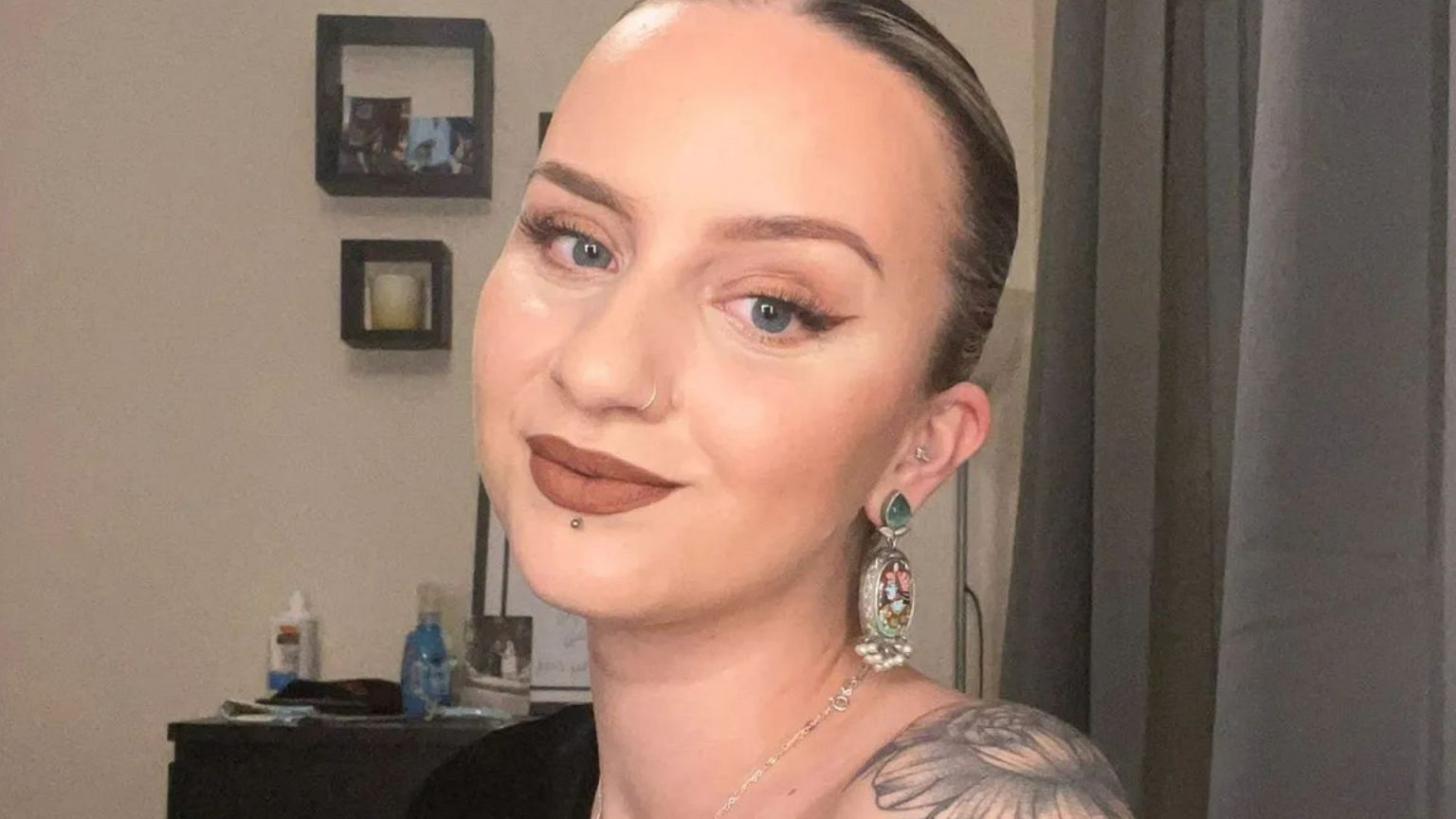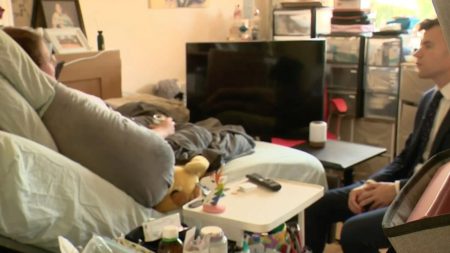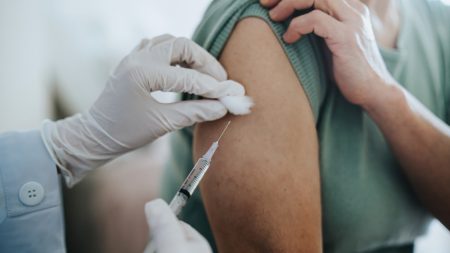Leona Hargreaves, a 26-year-old dental nurse from Lincoln, experienced a life-altering event in 2024 when she suffered a suspected stroke while at work. She suddenly experienced weakness on her left side, slurred speech, and vision loss in her left eye, prompting her colleagues to rush her to the hospital. Initial fears of a stroke were dispelled after tests revealed a diagnosis of hemiplegic migraines, a rare condition affecting a small percentage of the population. Hemiplegic migraines mimic stroke symptoms, causing temporary neurological deficits.
Leona’s initial episode was only the beginning of her ongoing struggle with this debilitating condition. Three months later, she continued to experience attacks every few weeks, each lasting several days. These attacks are not just characterized by the intense headache typically associated with migraines, but also involve a build-up phase, the migraine itself, and a subsequent “hangover” period lasting up to a week. During and after these attacks, Leona requires a walking stick due to muscle weakness and mobility issues, leaving her fearful of permanent disability and the loss of her independence. The unpredictable nature of these episodes has forced her to reduce her work hours and limit social interactions.
Leona’s history with migraines began in her early teens with episodes involving blurred vision, but these subsided after a few years, leading her to believe she was free from the condition. However, the hemiplegic migraines resurfaced with a vengeance in 2024, initially presenting as a common migraine before rapidly escalating to debilitating weakness and slurred speech. The severity of her symptoms led medical professionals to suspect a stroke, prompting a battery of tests including CT scans, MRIs, and blood work. When these tests returned normal, the diagnosis of hemiplegic migraines was finally confirmed, leading to a referral for specialized treatment.
Hemiplegic migraines, while mimicking stroke symptoms, differ significantly in their long-term effects. While stroke can cause permanent brain damage, hemiplegic migraines, although causing temporary neurological dysfunction, are not known to result in lasting brain impairment. The weakness associated with these migraines can vary in duration, lasting from an hour to several days, but typically resolves within 24 hours. In some cases, the weakness can even occur without the presence of a headache. Despite the absence of permanent brain damage, the impact on Leona’s life is profound, restricting her ability to work and socialize.
Leona’s current focus is on managing her condition and reclaiming her independence. She is seeking treatment at the National Migraine Centre in London, exploring various options including anti-epilepsy medications, Botox injections, and a new migraine medication called Vydura. While hesitant to rely on anti-epileptic drugs, she is hopeful that Vydura will provide relief from her debilitating symptoms, both preventatively and during attacks. Although using a walking stick represents a concession to her condition, it allows her to maintain some level of activity and social interaction.
The broader context of migraines highlights their prevalence and impact. Migraines affect a significant portion of the population, causing considerable suffering and lost productivity. Experts identify several key indicators that a migraine is approaching, including a throbbing headache that intensifies with movement, stiffness and pain in the neck and shoulders, fatigue, nausea and vomiting, sensitivity to light, sound, touch, and smell, hormonal fluctuations, mood changes and brain fog, dizziness, and weakness. Recognizing these warning signs can help individuals manage their migraines and seek appropriate treatment. While Leona’s case is a rare form of migraine, it underscores the debilitating nature of these neurological events and the importance of ongoing research and treatment options.











